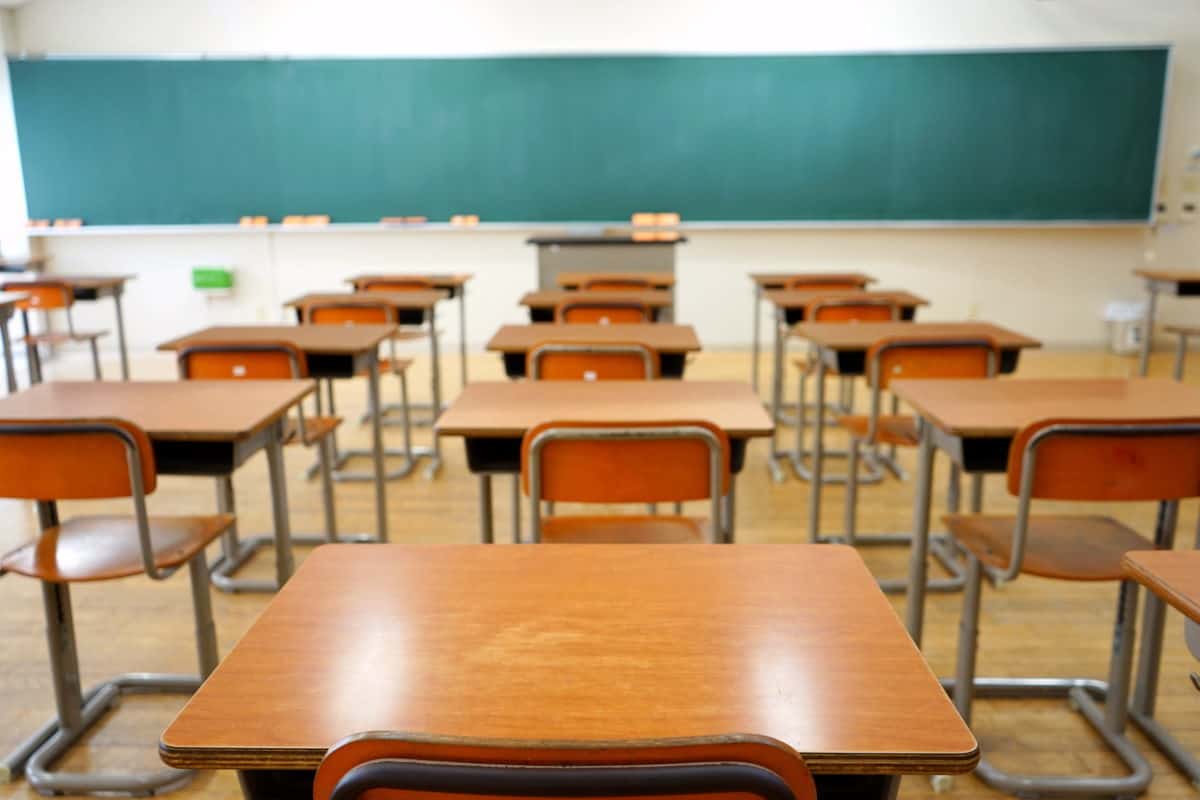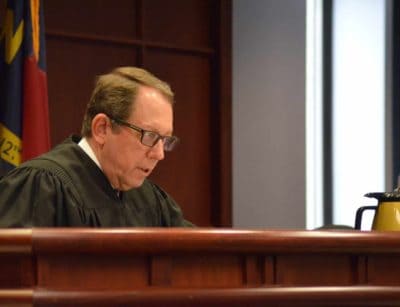
In mid-July 2017, on the 20th anniversary of the state Supreme Court’s landmark ruling in the long-running Leandro case, I wrote that North Carolina would have to muster “an all-out assault’’ on low-performing/high-poverty schools to achieve the promise of educational equity. It took no special insight to write that; after all, an animating ambition to lift the learning of all young North Carolinians, regardless of where they live, remains at the core of the case.
As the years came and went over the decade since the deep recession, the state’s education policy and practice fell into a familiar pattern: two steps forward, one step back, and then one step forward and two steps back. Still, no all-out assault.
So what would North Carolina have to do to mount an all-out assault on its high-poverty schools? As the state awaits the next judicial Leandro ruling on its legal obligations, the possibility of an answer to that question comes in the “high-poverty schools” chapter of the 300-page report submitted to the court by the WestEd research agency.
WestEd documents the extent of the imbalance among schools. It reports that the state has 843 high-poverty schools with a combined enrollment of 400,000, roughly one in four students in the state.
In a squall of statistics, West Ed describes gaps between and among traditional public and charter schools. Using 2017 data, it reports, “807 (33%) of the state’s traditional public schools and 36 (21%) of the state’s charter schools qualified as high-poverty schools, with 389,204 (26%) of traditional public school students and 15,301 (17%) of charter school students attending these schools. In contrast, only 162 (7%) of traditional public schools in North Carolina were low-poverty schools — defined as having less than 25% of their students being economically disadvantaged — with 10% (147,901) of the state’s traditional public school students attending these schools. A much higher percentage of charter schools, 46% (77 schools), qualify as low poverty, with 55% (51,073) of charter school students attending these schools.”
WestEd points out how certain public policies and budgeting practices stand in the way of improving high-poverty schools. For example, it cites the sanctioning of low-performing schools serving low-income and minority students as a hindrance to recruiting high-qualified teachers and principals.
“Current policies create many of the systemic barriers facing high-poverty schools, or, at best, do not solve them,” says the report.
In the quest for solutions, WestEd offers five over-arching recommendations. Even though some are familiar, they combine to suggest the need for an ambitious agenda for 2020 and beyond that would test the public will to advance public education.
WestEd recommends a five-year goal of “reducing the number of less-than-fully-qualified teachers and leaders in high-poverty schools to below 5%.” It calls for a more suitable approach to accountability than the A-to-F scoring system that “unfairly punishes’’ high-poverty schools.
The WestEd plan would have North Carolina expand the ranks of school nurses, counselors, and social workers to provide “whole-child supports.” And the plan calls for addressing “out-of-school barriers to learning” — in particular investing to provide more free breakfast and lunch.
Significantly, WestEd recommends more time in school as well as smaller classes for elementary and middle school students. For high school students, the plan calls for greater access to college-and-career readiness opportunities.
The WestEd report — and the forthcoming judicial ruling — arrive in the context of dramatic demographic and fiscal shifts over the decade. As Carolina Demography has reported, nearly half of the state’s counties lost population since 2010, in contract to super-charged growth in Wake, Durham and Mecklenburg counties. Meanwhile, state tax cuts since 2013 reduced by $4 billion the revenue that would otherwise have been available for the 2020-21 fiscal year.
Of course, a national consultant’s recommendations can frame and inform, but do not forge, an ambitious agenda required for a state to mount an all-out assault on high-poverty/low-performing schools. The process of converting findings into action needs a champion and political leadership.
Collapsing the barriers to educational advancement for hundreds of thousands of North Carolina’s young people presents a big challenge worthy of a modern state. Surely North Carolina is big enough to meet the challenge, isn’t it?
Recommended reading

